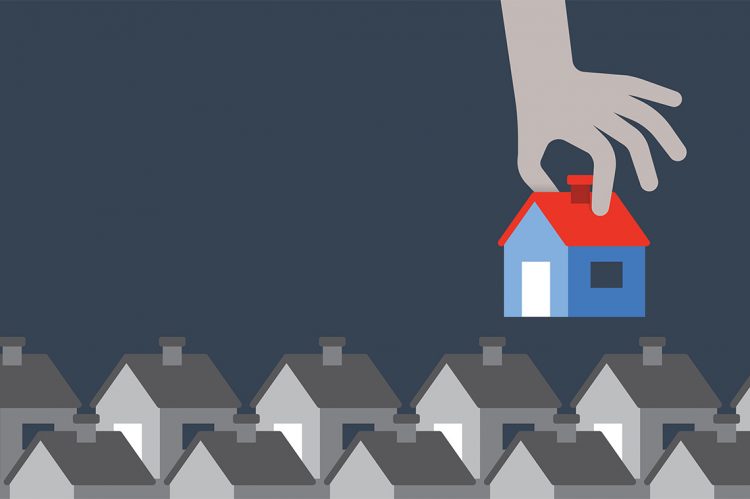Over the last two years, foreign investment has slowed down considerably in the United States, mainly due to the pandemic and restrictions related to it. As travel restrictions ease up and the U.S. housing market opens up to the rest of the world again, foreign buyers are jumping back into the market.
Historically, wealthy foreign buyers have viewed U.S. real estate investments as both profitable and stable. According to a new survey from the National Association of REALTORS® (NAR)—conducted from April 11, 2021 through May 9, 2022—international buyers purchased 98,600 residential properties last year, totaling $59 billion in real estate sales.
The NAR survey defined the term “international or foreign client” as non-residential foreigners (type A) and residential foreigners (type B); both types are non-U.S. citizens. “Non-residentials” are those who don’t live in the U.S., while “residentials” are those who recently immigrated to the U.S. for less than two years or those with visas who lived in the U.S. for more than six months for professional or educational reasons.
Key takeaways from the survey
This year’s home sale prices among international buyers were the highest ever recorded by NAR, with the average price coming in at $589,200 and the median price coming in at $366,100. Respectively, these figures were 17.7% and 4.1% higher than the previous year.
The following six states are popular destinations for foreign buyers based on the percentage of all international sales: Florida (24%), California (11%), Texas (8%), Arizona (7%) and both New York and North Carolina (tied at 4%).
These statistics could be a great addition to your listing appointment presentations or initial meetings with potential buyers. Research feeder markets for each state so you can inform your clients of their options.
Roughly 44% of international buyers made all-cash transactions with existing-home sales, with 40% of foreign buyers using their properties as vacation homes, rental properties or both. Additionally, about two-thirds of international buyers purchased detached single-family homes and townhouses, mainly in the suburbs and urban areas. Only 5% of foreign buyers bought homes in a resort area, a drastic decrease from 17% in 2012.
Why these stats matter
The real estate industry is becoming more competitive, and having access to survey statistics, marketing resources and continuing education courses will differentiate you from the crowd. Taking advantage of these statistics to support your listing appointment presentations will help increase your credibility and expertise as a top real estate professional. As the saying goes, knowledge is power.
As part of the Colibri Real Estate family of premier education brands, McKissock Learning helps hundreds of thousands of real estate professionals each year achieve sustainable success throughout each stage of their careers via continuing education and professional development courses. For more information, visit https://www.mckissock.com/.












